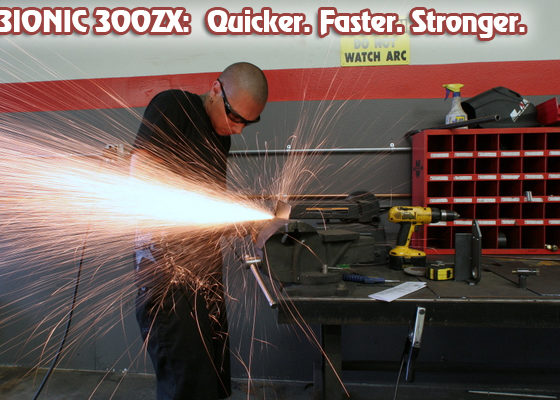 |
| How can you test a bunch of different Wideband sensors to see how they read under the same conditions? All at once of course |
How Do Wideband Air Fuel Sensors Work?
Text and Photos by Mike Kojima and Dave Coleman
O2 sensor diagrams and charts from NGK and Tech Edge
The art of tuning an engine is not new, being important since the birth of the internal combustion engine over 100 years ago. For a generation or two, methods such as CO meters, vacuum gauges and the arcane and very subjective black art of reading the spark plugs to determine the engines running condition were the main tools in a tuners arsenal. Due to the lack of accuracy of these methods, tuning was more art than subjective analysis. Tuning of highly strung high output motors was something best left to the seasoned professional
Later as emissions standards tightened and as racing engines started to produce higher and higher outputs, the need to determine air fuel ratio to a high degree of accuracy became more and more important. Technology improved and wide band air fuel ratio meters with embedded data logging equipment became available. For many years this technology was out of reach for all but the most well heeled DIY tuner. The cost of accurate reference level wideband air fuel ratio meters was in the many thousand dollar range. Even the price of the O2 sensor used with such equipment was over a thousand dollars.
The affordable meters on the market at the time used conventional narrow band O2 sensors, the same type of sensors found in most cars which were only accurate around the stoichiometric range, which is an air fuel ratio of 14.7:1. As most cars only run an air fuel ratio of 14.7:1 under light cruising conditions, accuracy in this range was useless for performance tuning except for under cruse conditions. Nevertheless many air fuel ratio meters were sold using this crude technology, some by companies that really should have known better and many engines were probably destroyed by people trying to tune with them.
 |
| AEM's wideband meter was one of the first true widebands on the market. It is both inexpensive and highly accurate. There is no excuse not to use one. |
As emissions standards became more stringent, OEM engineers had to devise ways to make cars cleaner. More accurate monitoring of the cars air fuel ratio over a wider and wider band of operation became necessary. Soon cars began to be equipped with wideband O2 sensors as standard equipment and the price of the sensors fell drastically as production increased by an order of magnitude. The big breakthrough for the performance aftermarket occurred when Bosch made the LSU4 wide band O2 sensor available for a reasonable price and the aftermarket responded by making affordable wide band air fuel ratio meters using this sensor. This is a boon to the DIY tuner as now there are many wideband air fuel ratio meters available on the market for a reasonable price.



